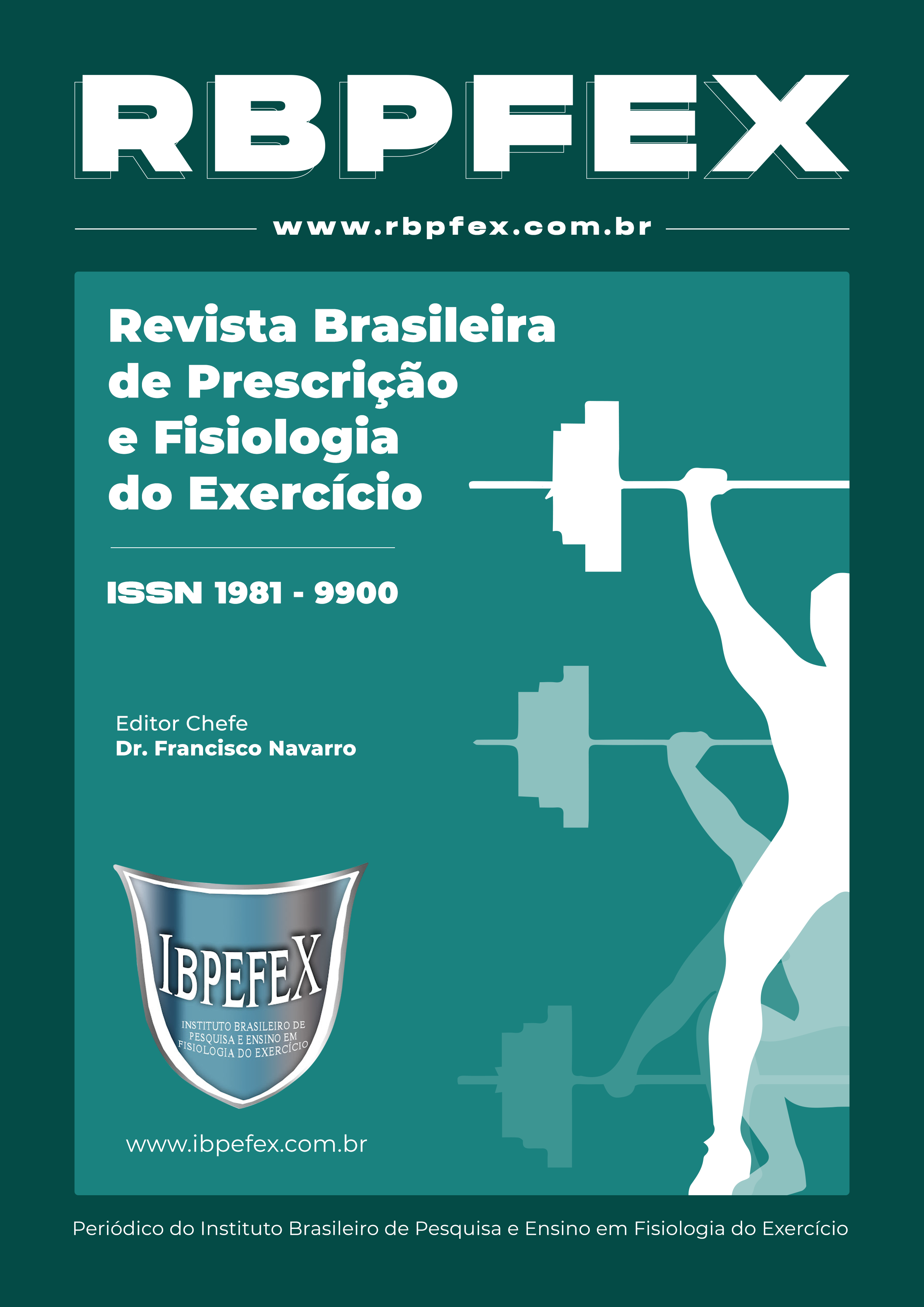Specific exercises enhance balance in basketball players: a brief Communication
Abstract
Introduction: In basketball, static and dynamic balance is crucial for sports performance and injury prevention. Objective: This study investigated the effects of an intervention protocol with balance exercises. Materials and Methods: 17 male university athletes participated, performing two weekly sessions over 8 weeks. The Modified Balance Error Scoring System (BESS) was used to assess balance before and after the intervention. Results: 53% of the athletes adhered to the protocol by more than 70% (n=9), and they improved their balance in tandem and single-leg support. In the post-test, 89% improved the score with single-leg support and 78% improved with tandem support. In athletes who did not adhere to the protocol (n=8) there was no change in the test score. Discussion: Statistical analysis showed a significant improvement in balance among athletes who consistently adhered to the protocol, highlighting the importance of adherence to the benefits of the pre-training exercise protocol. Conclusion: The proposed exercise protocol was effective in improving the postural balance of basketball athletes.
References
-Bell, D.R.; Guskiewicz, K.M.; Clark, M.A.; Padua, D.A. Systematic review of the balance error scoring system. Sports Health. Vol. 3. Num. 3. 2011. p. 287-95. doi: 10.1177/1941738111403122. PMID: 23016020; PMCID: PMC3445164.
-Domeika, A.; Slapšinskaitė, A.; Razon, S.; Šiupšinskas, L.; Klizienė, I.; Dubosienė, M. Effects of an 8-week basketball-specific proprioceptive training with a single-plane instability balance platform. Technol Health Care. Vol. 28. Num. 5. 2020. p. 561-571. doi: 10.3233/THC-208002. PMID: 32831212.
-Hall, E.A.; Chomistek, A.K.; Kingma, J.J.; Docherty, C.L. Balance- and Strength-Training Protocols to Improve Chronic Ankle Instability Deficits, Part I: Assessing Clinical Outcome Measures. J Athl Train. Vol. 53. Num. 6. 2018. p. 568-577. doi: 10.4085/1062-6050-385-16. Epub 2018 Jul 5. PMID: 29975573; PMCID: PMC6089027.
-Linens, S.W.; Ross, S.E.; Arnold, B.L.; Gayle, R.; Pidcoe, P. Postural-stability tests that identify individuals with chronic ankle instability. J Athl Train. Vol. 49. Num. 1. 2014. p. 15-23. doi: 10.4085/1062-6050-48.6.09. Epub 2013 Dec 30. PMID: 24377958; PMCID: PMC3917291
-Minoonejad, H.; Karimizadeh Ardakani, M.; Rajabi, R.; Wikstrom, E.A.; Sharifnezhad, A. Hop Stabilization Training Improves Neuromuscular Control in College Basketball Players With Chronic Ankle Instability: A Randomized Controlled Trial. J Sport Rehabil. Vol. 28. Num. 6. 2019. p. 576-583. doi: 10.1123/jsr.2018-0103. PMID: 29952698.
-Riva, D.; Bianchi, R.; Rocca, F.; Mamo, C. Proprioceptive Training and Injury Prevention in a Professional Men's Basketball Team: A Six-Year Prospective Study. J Strength Cond Res. Vol. 30. Num. 2. 2016. p. 461-475. doi: 10.1519/JSC.0000000000001097. PMID: 26203850; PMCID: PMC4750505.
Copyright (c) 2025 Gabriela Flores Manke, Victória Hecktheuer Hallal, Bruna Rodrigues Pereira, Eduarda Ávila Pinto, Lisiane Piazza Luza, Gustavo Dias Ferreira

This work is licensed under a Creative Commons Attribution-NonCommercial 4.0 International License.
Authors who publish in this journal agree to the following terms:
- Authors retain the copyright and grant the journal the right of first publication, with work simultaneously licensed under the Creative Commons Attribution License BY-NC which allows the sharing of the work with acknowledgment of the authorship of the work and initial publication in this journal.
- Authors are authorized to enter into additional contracts separately for non-exclusive distribution of the version of the work published in this journal (eg, publishing in institutional repository or book chapter), with acknowledgment of authorship and initial publication in this journal.
- Authors are allowed and encouraged to post and distribute their work online (eg, in institutional repositories or on their personal page) at any point before or during the editorial process, as this can bring about productive change as well as increase impact and impact. citation of published work (See The Effect of Free Access).






